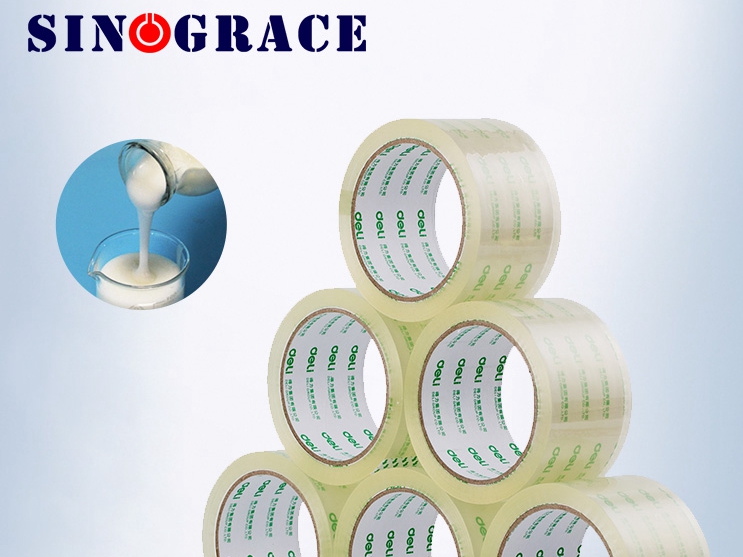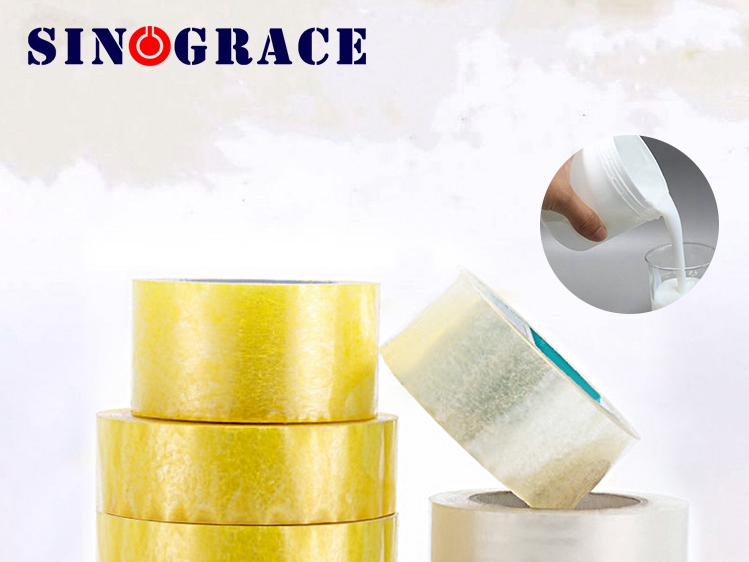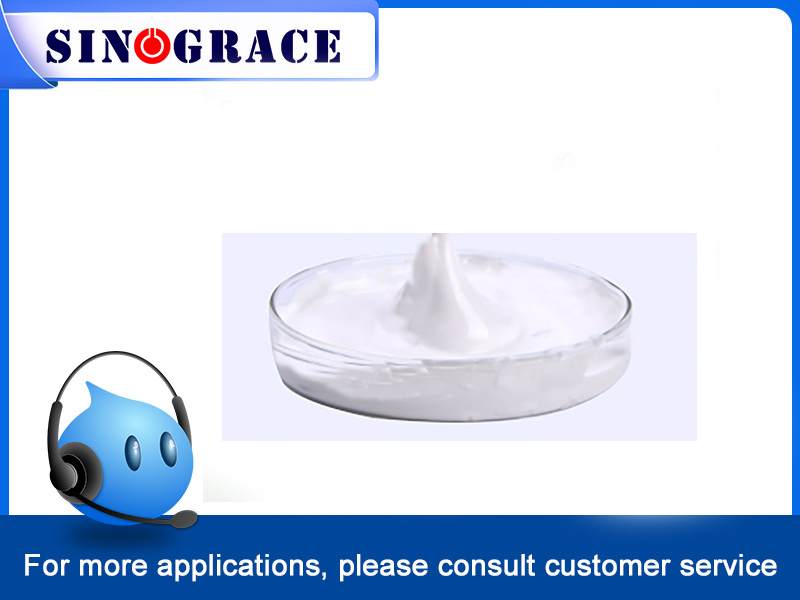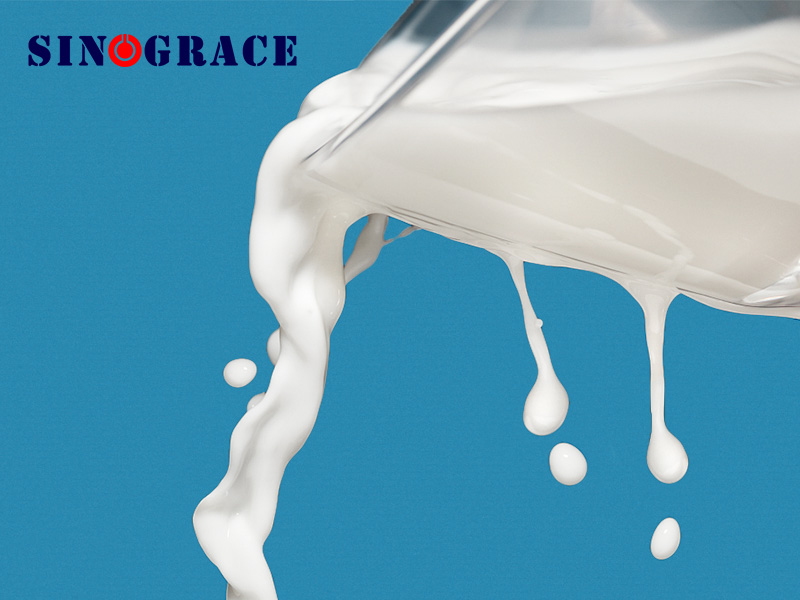Adhesive effect enhancement --WPS series water-based viscosifying emulsion
Water-based viscosification emulsion plays a very important role in water-based acrylic pressure sensitive adhesive, which can improve the adhesion strength and initial viscosity of pressure sensitive adhesive on high and low energy surface, so as to achieve the best balance point, and improve the application range and grade of pressure sensitive products. Today, I will introduce you to the application of water-based viscosification emulsion in water-based pressure sensitive adhesive. The tackifier emulsion plays a very important role in the pressure sensitive adhesive, and it can promote the improvement of the peel strength and the initial viscosity of the adhesive. According to different adhesive polymers, different viscosifying emulsions should be selected. Aqueous rosin tackifier emulsion is a rosin modified emulsion dispersion with 50% high solid content, 100% solvent free and APE free. With a very narrow particle size distribution and a small average particle size, it is used to improve the bonding properties of water-based pressure-sensitive adhesives/adhesives. And has excellent low bubble property, storage and mechanical stability. It has excellent compatibility with acrylic acid, SBR, NR and other common polymers. Water-based adhesive emulsion is used for pressure sensitive adhesive, paper adhesive, industrial tape, laminating adhesive and other water-based adhesive. New product recommendation WPS series water-based viscosifier emulsion I.Overview rosin ester tackifier resins series of products is a kind of high solid content emulsion made from modified rosin polyester and polymer surfactant by special homogenization process. The product and its preparation process do not use any organic solvent, and it is a green water-based tackifier. Due to the use of polymer emulsifier, it has a significant viscosification effect and wide compatibility, and can be widely used in various water-based adhesives for viscosification or thickening. II.Feature 1.Unique polymer surfactant, making the product tackiness effect is remarkable, good compatibility, wide compatibility, suitable for many varieties. 2.Special emulsification process, narrow particle size distribution, stable quality, long storage period. 3.Rosin modified polyester is suitable for a wide range of PH values and can be used in near-neutral or weakly alkaline conditions. 4.Low surface tension, small foam, uniform coating. 5.After addition, the initial viscosity, adhesion and stripping strength can be significantly improved, and the best balance point can be reached. 6.The preparation uses water as solvent, does not contain any organic solvent, green environmental protection. III.Compatibility 1.Acrylic resin (Acrgeic) : mutual capacity 2.Styrene-butadiene rubber (SBR) : mutual capacitance 3.Neoprene rubber (CR) : mutual capacity 4.Vinyl acetate copolymer (EVA) : mutual capacity 5.TPR (SIS, SBS, SEBS) : mutual tolerance 6.Nitrile-butadiene rubber (NBR) : mutual capacitance 7.Natural rubbe...
read more

 English
English français
français русский
русский español
español العربية
العربية








